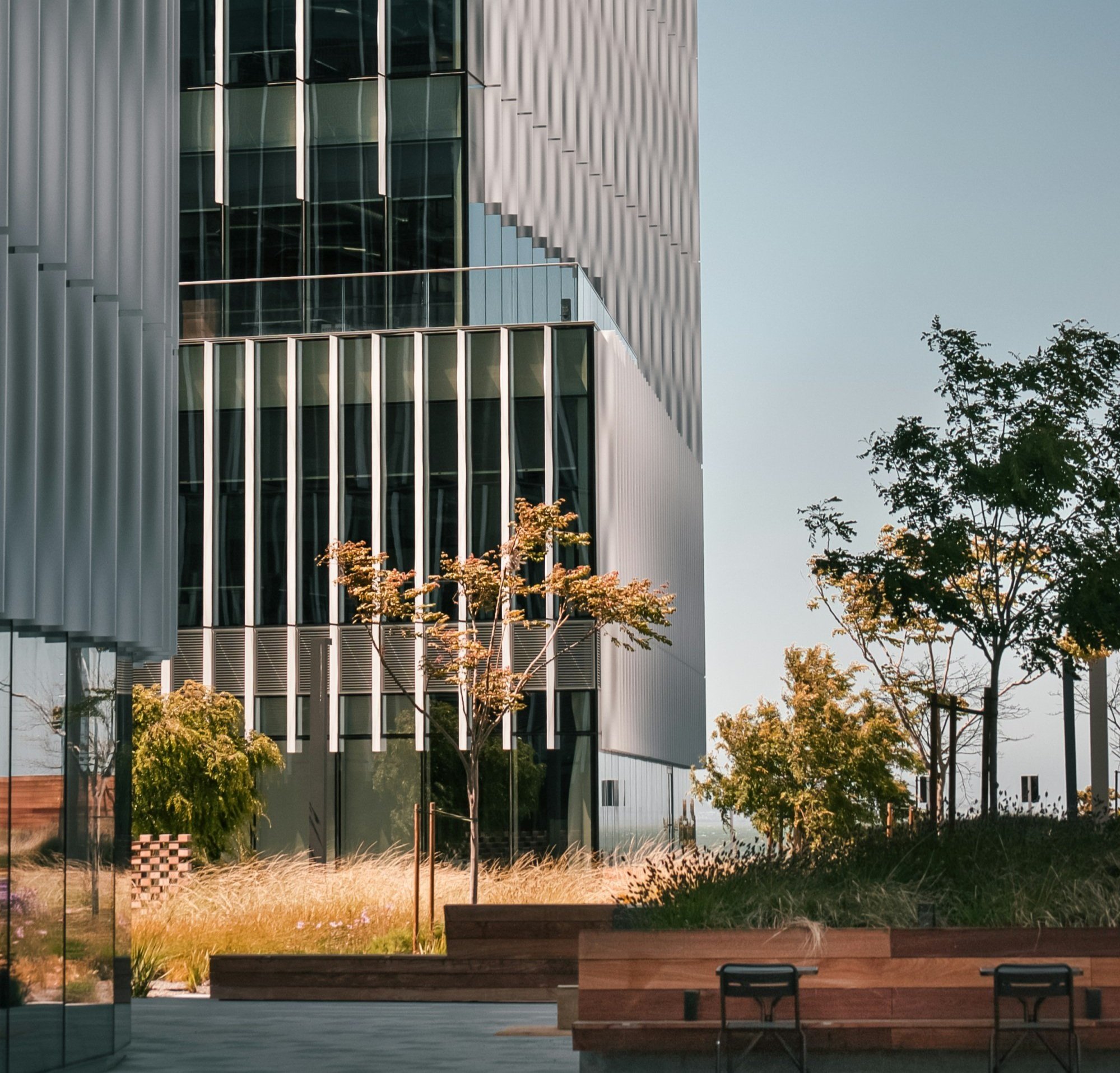Real Estate vs. Architecture and Interior Photography: Understanding the Differences
When it comes to capturing images of spaces, there are two distinct branches of photography: real estate photography and architecture and interior photography. While they might seem similar at first glance—after all, both involve taking pictures of buildings and interiors—their purpose, execution, and final outcomes differ significantly. Understanding these differences is crucial, whether you are a professional photographer, a real estate agent, an architect, or someone looking to hire a photographer for your project.
Purpose: The Driving Force Behind the Lens
The primary distinction between real estate photography and architecture and interior photography lies in their end goals. This seemingly subtle difference profoundly impacts the entire photographic process, from the way the images are shot to how they are edited and presented.
Real Estate Photography
The main objective of real estate photography is to showcase a property in the best possible light to attract potential buyers. Here, the images serve a practical purpose: they are tools for marketing. The photographs need to be clear, bright, and inviting, providing an accurate representation of the property to help prospective buyers envision themselves living there. The focus is on the overall feel of the space, capturing its size, layout, and features in a way that appeals to the broadest audience possible.
Architecture and Interior Photography
On the other hand, architecture and interior photography cater to a different audience and purpose. These photographs are often used in the portfolios of architects, interior designers, or in editorial publications. Sometimes, they are even considered works of art. The goal here is not just to document the space but to tell a story, highlight design details, and convey the creative vision behind the architecture or interior design. This type of photography aims to evoke emotions, showcase the uniqueness of a design, and offer a perspective that goes beyond mere documentation.
Process: Time, Detail, and Technique
Given the different purposes, the processes involved in real estate photography and architecture and interior photography also diverge significantly.
Real Estate Photography
In real estate photography, time is often of the essence. The photographer needs to capture the property efficiently, sometimes photographing multiple properties in a single day. The focus is on getting the essential shots: wide-angle views of each room, exterior shots, and perhaps some detail shots that highlight key selling points like a modern kitchen or a spacious backyard. The editing process is typically straightforward, involving basic adjustments to brightness, contrast, and color balance to ensure the property looks its best.
Architecture and Interior Photography
In contrast, architecture and interior photography demand a much greater investment of time and attention to detail. The photographer might spend hours or even days at a single location, carefully planning each shot to capture the essence of the design. They consider the interplay of light and shadow, the texture of materials, and the composition of each frame. Post-processing is also more intensive, with a focus on perfecting the details, enhancing the mood, and ensuring that the images align with the designer’s or architect’s vision. The goal is not just to represent the space but to elevate it, often requiring advanced techniques and a deep understanding of both photography and design.
Style and Creativity: Objective Documentation vs. Artistic Interpretation
Another key difference lies in the approach to style and creativity.
Real Estate Photography
In real estate photography, objectivity is crucial. The images need to be accurate and honest representations of the property. Overly artistic interpretations or extreme angles that distort the space can be misleading and are generally avoided. The goal is to make the space look as appealing as possible, but within the bounds of reality.
Architecture and Interior Photography
On the flip side, architecture and interior photography encourage creative expression. Here, the photographer is often expected to bring their unique perspective to the shoot, offering a more artistic interpretation of the space. This might involve playing with unusual angles, dramatic lighting, or focusing on abstract elements of the design. The result is a set of images that not only document the space but also offer a deeper insight into its aesthetic and conceptual qualities.
Cost: Reflecting the Investment
Given the differences in purpose, process, and style, it’s no surprise that the costs associated with these two types of photography also vary.
Real Estate Photography
Real estate photography is generally more affordable. The emphasis on speed and efficiency means that photographers can charge lower rates and take on more clients. This makes it a cost-effective option for real estate agents or homeowners looking to sell their property.
Architecture and Interior Photography
Architecture and interior photography, with its demand for precision, creativity, and time, comes with a higher price tag. The expertise required to capture a space in a way that aligns with the architect’s or designer’s vision, combined with the intensive editing process, justifies the higher fees. These images are often considered long-term investments, serving as critical marketing tools or portfolio pieces for architects and designers.
Two Branches of the Same Tree
While both real estate photography and architecture and interior photography involve capturing images of spaces, they serve different purposes and require different approaches. Real estate photography is all about efficiency and practicality, aimed at selling properties quickly and effectively. In contrast, architecture and interior photography is an art form, designed to highlight the beauty and intricacies of a space, often for professional portfolios or editorial content.
For photographers, understanding these differences is essential in developing the right skill set and choosing the right projects. For clients, it’s important to select the right type of photographer for your needs, ensuring that the final images serve your intended purpose, whether that’s selling a home or showcasing a design masterpiece.


